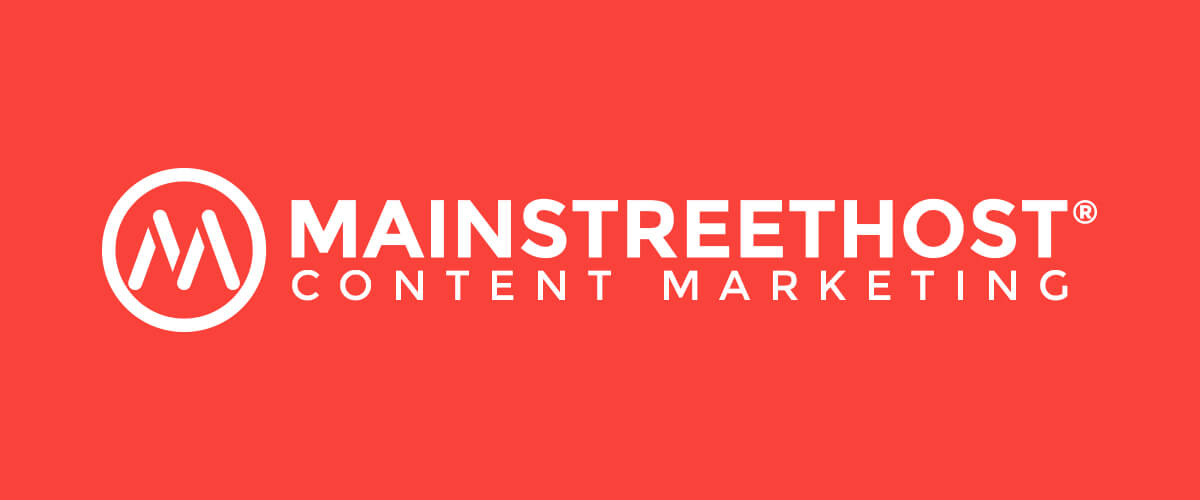If you’ve ever spent time on BuzzFeed, you know the site can best be described as one giant, addictive, and amazing purveyor of viral content. I follow BuzzFeed on Twitter, and when the site tweets the headline of its newest article, I click through to the article almost every time.
Magazine headline writers are heralded as the best in the field, but BuzzFeed is equally adept at composing compelling headlines.
Writing titles is neither my hobby nor my forte, and the reality that a bad title can single-handedly pen an obituary for a blog post gives me title-writing anxiety.
While I can (and do) read about the art of creating great headlines, it’s more helpful to see these at work: generating views, receiving social shares, and sparking reactions.
This is where BuzzFeed and its viral content figures in. I decided to take a closer look at BuzzFeed titles: what makes them appealing? What distinguishes them from the millions of other pieces of content saturating the world at any given moment? And, most importantly, what are the takeaways for all of us marketing writers out there?
Let the journey into viral content commence.
Title 1:
Why it works: No one likes to miss out on things. I watched the SAG Awards, and I still clicked on this title because I thought maybe I missed out on something noteworthy or remarkable or hilarious. There’s actually a concept that speaks to this fear. It’s called Fear of Missing Out (frequently dubbed FOMO). We see brands leverage this in their marketing efforts, tapping into the anxiety people develop when they believe they might (or already have) miss out on something. (See: AT&T’s Don’t be left behind campaign; see: the call to action at the end of every single Weight Watchers commercial.)
This title taps into FOMO and offers an easily accessible means to assuage it. Read the article, and you’ll be all caught up.
The marketing tie-in: Four Marketing Stories You Missed This Week (shining the light on marketing stories that are important and noteworthy but that might be buried amongst announcements like Facebook’s unveiling of Graph Search or Twitter’s Vine)
Title 2:
Why it works: This is an example of newsjacking done right. At the time this article was published, news about Beyonce’s lip-synching was everywhere. Some people didn’t care, but some thought the news soul-crushing and disappointing. This headline catches the attention of those people, and promises them something even better (or in this case, worse) than the event everyone is discussing. The 19 things listed in this article promise to be pretty incredible (tragically incredible that is).
The marketing tie-in: Three Snafus Worse than Vine Entangling with Porn (The revolt sparked by Instagram’s terms of service, anyone?)
Title 3:
Why it works: You won’t believe it until you see it. This headline promises art work that’s astounding or preternatural, that will defy your expectations of what art is and how it’s constructed. If someone told you art could be made from chalk, Mike and Ike candy, and Rubik’s cubes, you would most likely be doubtful. If BuzzFeed shows you through a video, then you believe. This title is the bait.
The marketing tie-in: Six Amazing Startups/Websites/Apps Founded on Incredible Purposes (those devoted to social good or founded upon one-for-one business models for instance)
Title 4:
Why it works: This title includes a superlative (“weirdest”). Anything with superlatives purports to be better than typical: best, worst, strangest, most memorable, most unbelievable, most shocking, etc. Do people want to read about teen shows on television? Maybe. Do people want to read about the weirdest teen shows on television? Probably more so. Pieces about teen shows capture the interest of a certain demographic, but weird teen shows have broader appeal: they appeal to people interested in teen shows and people who like weird stuff. The same holds true for other superlatives. I’d read an article about advertising, but even non-marketing-minded people would read something like “The Best Beer TV Commercials of 2012.”
The marketing tie-in: The Most Controversial Advertisements of the Week (brands seem to have a real knack for getting people riled up through ads)
Title 5:
Why it works: Everyone wants to be in on a secret. This promises to let people in on a secret in an easily digestible, numbered format.
The marketing tie-in: Five Ways Brands Secretly Trick You Into Buying (this would be perfect for discussing some fascinating consumer psychology studies)
Title 6:
Why it works: According to this headline, BuzzFeed gives me the chance to see something forbidden by today’s standards. I don’t need to expound upon the alluring, enticing quality of figurative forbidden fruit. This headline immediately raises my curiosity: “Why is this PSA forbidden?” “What’s so bad about it?” The only way to satisfy that curiosity is to click through.
The marketing tie-in: Brand Mascots That Would Never Ever Fly Today (the offensive, the uncouth, the creepy) or Five Vintage Commercials You’d Outright Laugh at Today (this would be great for inspiring nostalgia and unearthing old gems, like those ultra-cheesy Mentos ads)
Title 7:
Why it works: Things that promise to be simple and foolproof are automatically attractive. This headline is a nine-word confidence booster: even someone who uses his/her oven to store sweaters can make these delicious recipes. It makes cooking less daunting and more approachable.
The marketing tie-in: Ten Social Media Marketing Tips Even Novices Can Implement
Seven possible posts inspired by BuzzFeed headlines? Not bad. Now head over to BuzzFeed and read this post.






